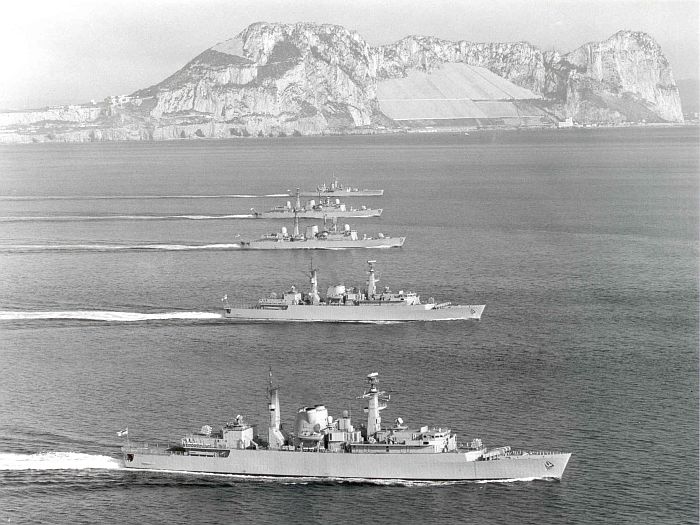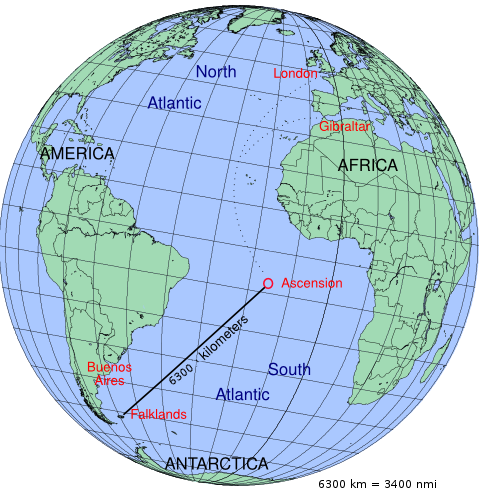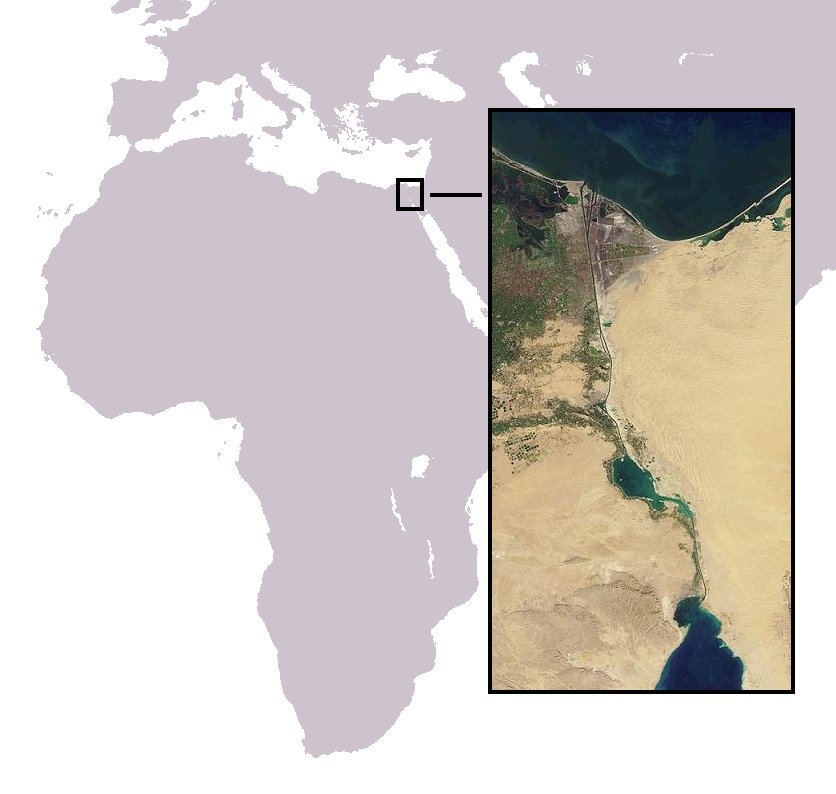|
V Bomber
The "V bombers" were the Royal Air Force (RAF) aircraft during the 1950s and 1960s that comprised the Nuclear weapons and the United Kingdom, United Kingdom's strategic nuclear strike force known officially as the V force or Bomber Command Main Force. The three models of strategic bomber, known collectively as the ''V class'', were the Vickers Valiant, which first flew in 1951 and entered service in 1955; the Avro Vulcan, which first flew in 1952 and entered service in 1956; and the Handley Page Victor, which first flew in 1952 and entered service in 1957. The V Bomber force reached its peak in June 1964 with 50 Valiants, 70 Vulcans and 39 Victors in service. When it became clear that the Soviet Union's surface-to-air missiles like the S-75 Dvina could bring down high-flying aircraft, the V bomber force changed to low-level attack methods. Additionally the Blue Steel (missile), Blue Steel missile profile was changed to one of low level penetration and release. This reduced its ... [...More Info...] [...Related Items...] OR: [Wikipedia] [Google] [Baidu] |
Vickers Valiant
The Vickers Valiant was a British high-altitude jet bomber designed to carry nuclear weapons, and in the 1950s and 1960s was part of the Royal Air Force's " V bomber" strategic deterrent force. It was developed by Vickers-Armstrongs in response to Specification B.35/46 issued by the Air Ministry for a nuclear-armed jet-powered bomber. The Valiant was the first of the V bombers to become operational, and was followed by the Handley Page Victor and the Avro Vulcan. The Valiant is the only V bomber to have dropped live nuclear weapons (for test purposes).Blackman and Wright 2015, p. 33. In 1956, Valiants operating from Malta flew conventional bombing missions over Egypt for Operation Musketeer during the Suez Crisis. From 1956 until early 1966 the main Valiant force was used in the nuclear deterrence role in the confrontation between NATO and the Warsaw Pact powers. Other squadrons undertook aerial refuelling, aerial reconnaissance and Electronic Warfare. In 1962, in ... [...More Info...] [...Related Items...] OR: [Wikipedia] [Google] [Baidu] |
SEPECAT Jaguar
The SEPECAT Jaguar is a British-French supersonic jet attack aircraft originally used by the British Royal Air Force and the French Air Force in the close air support and nuclear strike role. As of 2025, the Jaguar remains in service with the Indian Air Force. Originally conceived in the 1960s as a jet trainer with a light ground attack capability, the requirement for the aircraft soon changed to include supersonic performance, reconnaissance and tactical nuclear weapon, tactical nuclear strike roles. A carrier-based variant was also planned for French Navy service, but this was cancelled in favour of the cheaper, fully French-built Dassault-Breguet Super Étendard. The aircraft were manufactured by SEPECAT (''Société Européenne de Production de l'avion Ecole de Combat et d'Appui Tactique''), a joint venture between Bréguet Aviation, Breguet and the British Aircraft Corporation, one of the first major joint British-French military aircraft programmes. The Jaguar was expor ... [...More Info...] [...Related Items...] OR: [Wikipedia] [Google] [Baidu] |
Avro Lincoln
The Avro Type 694 Lincoln is a British four-engined heavy bomber, which maiden flight, first flew on 9 June 1944. Developed from the Avro Lancaster, the first Lincoln variants were initially known as the Lancaster IV and V; these were renamed Lincoln I and II. It was the last reciprocating engine, piston-engined bomber operated by the Royal Air Force (RAF); the later Avro Shackleton, though piston-engined, served in maritime patrol rather than bomber roles. The Lincoln attained operational status in August 1945. It had been initially assigned to units of the Tiger Force (air), Tiger Force, a Commonwealth of Nations, Commonwealth heavy bomber force which had been intended to play a role in the Japan campaign in the closing stages of the World War II, Second World War, but the war ended before the Lincoln could participate. Production of the type proceeded and the type was adopted in quantity, complementing and progressively replacing the Lancaster in RAF service during the late 1 ... [...More Info...] [...Related Items...] OR: [Wikipedia] [Google] [Baidu] |
Piston-engine
A reciprocating engine, more often known as a piston engine, is a heat engine that uses one or more reciprocating pistons to convert high temperature and high pressure into a rotating motion. This article describes the common features of all types. The main types are: the internal combustion engine, used extensively in motor vehicles; the steam engine, the mainstay of the Industrial Revolution; and the Stirling engine for niche applications. Internal combustion engines are further classified in two ways: either a spark-ignition (SI) engine, where the spark plug initiates the combustion; or a compression-ignition (CI) engine, where the air within the cylinder is compressed, thus heating it, so that the heated air ignites fuel that is injected then or earlier.''Thermodynamics: An Engineering Approach'' by Yunus A. Cengal and Michael A. Boles Common features in all types There may be one or more pistons. Each piston is inside a cylinder, into which a gas is introduced, eit ... [...More Info...] [...Related Items...] OR: [Wikipedia] [Google] [Baidu] |
RAF Bomber Command
RAF Bomber Command controlled the Royal Air Force's bomber forces from 1936 to 1968. Along with the United States Army Air Forces, it played the central role in the Strategic bombing during World War II#Europe, strategic bombing of Germany in World War II. From 1942 onward, the British bombing campaign against Germany became Area bombing directive, less restrictive and increasingly targeted industrial sites and the civilian manpower base essential for German war production. In total 501,536 operational sorties were flown, of bombs were dropped and 8,325 aircraft lost in action. Bomber Command crews also suffered a high casualty rate: 55,573 were killed out of a total of 125,000 aircrew, a 44.4% death rate. A further 8,403 men were wounded in action, and 9,838 became prisoners of war. Bomber Command stood at the peak of its post-war Armed forces, military power in the 1960s, the V bombers holding the United Kingdom's nuclear deterrent and a supplemental force of English Electric ... [...More Info...] [...Related Items...] OR: [Wikipedia] [Google] [Baidu] |
Fatigue (material)
In materials science, fatigue is the initiation and propagation of cracks in a material due to cyclic loading. Once a fatigue crack has initiated, it grows a small amount with each loading cycle, typically producing striations on some parts of the fracture surface. The crack will continue to grow until it reaches a critical size, which occurs when the stress intensity factor of the crack exceeds the fracture toughness of the material, producing rapid propagation and typically complete fracture of the structure. Fatigue has traditionally been associated with the failure of metal components which led to the term metal fatigue. In the nineteenth century, the sudden failing of metal railway axles was thought to be caused by the metal crystallising because of the brittle appearance of the fracture surface, but this has since been disproved. Most materials, such as composites, plastics and ceramics, seem to experience some sort of fatigue-related failure. To aid in predicting the f ... [...More Info...] [...Related Items...] OR: [Wikipedia] [Google] [Baidu] |
Tanker Aircraft
This is a list of tanker aircraft used for aerial refuelling of another aircraft while in powered flight. Refueling methods ;Looped hose: The first commercial method employed a hose which was held slack in a trailing half-loop behind both aircraft. The receiving aircraft flew just below the tanker and deployed a steel line, which the tanker caught with its own grappling line and drew in. The tanker then connected the first steel line to the refueling hose and paid it out as the receiving aircraft reeled it back in. ; Probe-and-drogue: The tanker trails a flexible hose with a stabilising drogue on the end and the receiving aircraft manoeuvers to insert a short probe into the receptacle in the drogue. ; Flying boom: The tanker extends a hinged telescopic boom with aerodynamic control surfaces on its end. An operator "flies" it to match up with a receptacle on the receiving aircraft, which then moves forwards to make the connection. ;Wing-to-wing: A hybrid method in which the tanke ... [...More Info...] [...Related Items...] OR: [Wikipedia] [Google] [Baidu] |
Falklands War
The Falklands War () was a ten-week undeclared war between Argentina and the United Kingdom in 1982 over two British Overseas Territories, British dependent territories in the South Atlantic: the Falkland Islands and Falkland Islands Dependencies, its territorial dependency, South Georgia and the South Sandwich Islands. The conflict began on 2 April 1982, when 1982 invasion of the Falkland Islands, Argentina invaded and Occupation of the Falkland Islands, occupied the Falkland Islands, followed by the invasion of South Georgia the next day. On 5 April, the British government dispatched a British naval forces in the Falklands War, naval task force to engage the Argentine Navy and Argentine Air Force, Air Force before making an Amphibious warfare, amphibious assault on the islands. The conflict lasted 74 days and ended with an Argentine Argentinian surrender in the Falklands War, surrender on 14 June, returning the islands to British control. In total, 649&nbs ... [...More Info...] [...Related Items...] OR: [Wikipedia] [Google] [Baidu] |
Operation Black Buck
Operations Black Buck 1 to Black Buck 7 were seven extremely long-range airstrikes conducted during the 1982 Falklands War by Royal Air Force (RAF) Vulcan bombers of the RAF Waddington Wing, comprising aircraft from 44, 50 and 101 Squadrons, against Argentine positions in the Falkland Islands. Five of the missions completed attacks. The objective of the missions was to attack Port Stanley Airport and its associated defences. The raids, at almost and 16 hours for the round trip, were the longest-ranged bombing raids in history at that time. The Operation Black Buck raids were staged from RAF Ascension Island, close to the Equator. The Vulcan was designed for medium-range missions in Europe and lacked the range to fly to the Falklands without refuelling several times. The RAF's tanker planes were mostly converted Handley Page Victor bombers with similar range, so they too had to be refuelled in the air. A total of eleven tankers were required for two Vulcans (one primar ... [...More Info...] [...Related Items...] OR: [Wikipedia] [Google] [Baidu] |
Malay Archipelago
The Malay Archipelago is the archipelago between Mainland Southeast Asia and Australia, and is also called Insulindia or the Indo-Australian Archipelago. The name was taken from the 19th-century European concept of a Malay race, later based on the distribution of Austronesian languages. It has also been called the " Malay world," " Nusantara", "East Indies" over time. The name is controversial in Indonesia due to its ethnic connotations and colonial undertones, which can overshadow the country's diverse cultures. Situated between the Indian and Pacific oceans, the archipelago of over 25,000 islands and islets is the largest archipelago by area and fifth by number of islands in the world. It includes Brunei, East Timor, Indonesia, Malaysia (specifically East Malaysia), Papua New Guinea, and the Philippines.''Encyclopædia Britannica''. 2006. Chicago: Encyclopædia Britannica, Inc. The term is largely synonymous with Maritime Southeast Asia. [...More Info...] [...Related Items...] OR: [Wikipedia] [Google] [Baidu] |
Suez Crisis
The Suez Crisis, also known as the Second Arab–Israeli War, the Tripartite Aggression in the Arab world and the Sinai War in Israel, was a British–French–Israeli invasion of Egypt in 1956. Israel invaded on 29 October, having done so with the primary objective of re-opening the Straits of Tiran and the Gulf of Aqaba as the recent tightening of the eight-year-long Egyptian blockade further prevented Israeli passage. After issuing a joint ultimatum for a ceasefire, the United Kingdom and France joined the Israelis on 5 November, seeking to depose Egyptian president Gamal Abdel Nasser and regain control of the Suez Canal, which Nasser had earlier nationalised by transferring administrative control from the foreign-owned Suez Canal Company to Egypt's new government-owned Suez Canal Authority. Shortly after the invasion began, the three countries came under heavy political pressure from both the United States and the Soviet Union, as well as from the United Nations, even ... [...More Info...] [...Related Items...] OR: [Wikipedia] [Google] [Baidu] |










